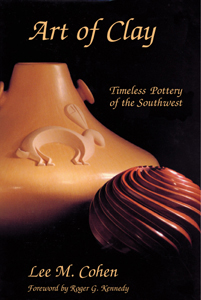Description
Many Native American and rural communities face an ongoing struggle to promote economic development without undermining or destroying the traditions, values, and relationships on which the community’s well-being and identity are based. Susan Guyette’s book is the first to offer a field-tested model of planning suited to such communities: a way of balancing and sustaining development that makes the revitalizing of cultural traditions an integral part of the development process.
Susan Guyette’s book describes, step by step, how such planning, using the creation of a cultural center—the Poeh Center at Pojoaque Pueblo in northern New Mexico—as a primary example. The author provides information vital to anyone working at the community level: how to develop a strategic plan, assess and document needs, incorporate cultural revitalization and community participation, and support business and tourism development, as well as approaches to generating the resources needed to fund community projects. Special emphasis is placed on guidance in planning and developing cultural centers, museums, and arts programs to stimulate community interest, provide educational resources, create jobs, and encourage tourism. This book offers a unique opportunity for communities, planners, and students to see rural development in action.
Cultural preservation is not a romantic ideal, but rather a practical necessity. Traditional cultures are tightly organized systems of belief and behavior that nourish and protect social groups as well as the individuals who belong to them. The loss of traditional cultures places extreme social and psychological stress on tribal and rural people, exacerbating economic problems and creating additional social and health problems.






Reviews
There are no reviews yet.